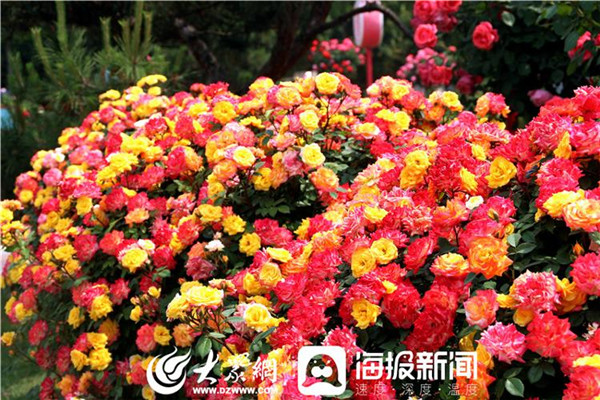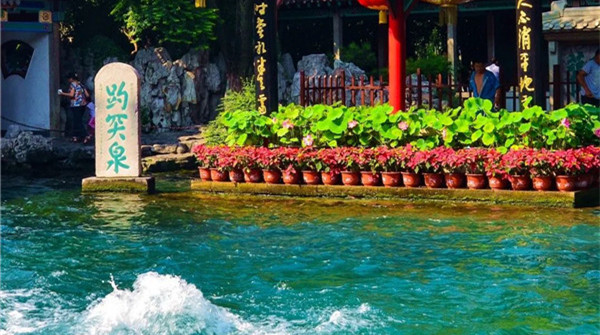Shandong opens doors to its ancient cultures
|
Guests to the American University's Art Center look at an ancient stone cubbing from Shandong. Wang Shinong / China Daily |
Ancient stone rubbings from Shandong province are currently being exhibited at the American University's Art Center in Washington and the Mark Twain House and Museum in Hartford, Connecticut.
During the Qin and Han dynasties (BC 221-AD 220), stone rubbings were used to make multiple copies of stone inscriptions. Guan Guozhi, curator of the Shandong provincial stone carving art museum, said the province boasts the largest number of ancient rock carvings in China, more than 4,000 of which were carved during or before the Tang Dynasty (AD 618-907).
The American University Museum exhibition is slated to conclude on May 31; the Mark Twain House and Museum exhibit will end on Aug 30.
Displaying China's ancient stone rubbings is part of the "going out" strategy of the Shandong Provincial Bureau of Cultural Relics, which aims to showcase Shandong's rich cultural resources in overseas countries.
"Every year we hold four to five overseas exhibitions of our relics, which are endowed with Chinese culture and tell good stories to our foreign friends," said Xie Zhixiu, head of the Shandong bureau.
Xie said as a province with rich historical and cultural resources, Shandong has established a number of exhibitions, including ones on Confucian culture, Han Dynasty culture, ancient Buddha statues, paintings and calligraphy. "These exhibitions have been greatly praised by overseas visitors," Xie said.
The four-month-long exhibition on Confucius and his legacy in New York in 2010 displayed 36 artifacts, attracting a great deal of media attention. An exhibition of Buddha statues from the Longxing Temple in Qingzhou, Shandong province, was held in Taiwan two years later, showcasing 50 items and attracting 870,000 visitors. An exhibition to commemorate the 120th anniversary of the First Sino-Japanese War was held in Hong Kong last year. The exhibition showcased 90 relics and more than 50 historical photos.
The Shandong bureau also actively cooperates with the State Administration of Cultural Heritage to hold exhibitions overseas, such as the ancient Silk Road Exhibition and the Great Civilization Exhibition in Japan.
Shandong officials have fostered ties with museums, universities and cultural organizations at dozens of countries including the United States, Germany, France, Italy, Australia, South Korea, Japan and Thailand. In 2012, the Global Health and Education Foundation donated $25 million in animal specimens to the Shandong Provincial Museum to help with the creation of 350 stuffed displays of African wild animals at the museum.
The specimens are displayed in a special hall of the museum that uses LED screens and audio equipment to recreate the African Savanna.
Visitors can also see common tools and accessories used today by African tribes, such as Maasai knives, bracelets and anklets.
Shandong province is also working with foreign researchers to study ancient industries. After discovering a large historical site for an ancient salt industry along the Bohai Sea, Shandong held an international seminar in 2010 to discuss its findings. The seminar attracted 60 experts from countries such as Japan and South Korea.
During the past five years, Shandong held 40 international-class seminars on relics and ancient cultures.
It is also promoting overseas cultures in the province. An exhibition of 354 artworks from painters including Pablo Picasso and Salvador Dali was held at the Shandong Provincial Museum in 2013.
juchuanjiang@chinadaily.com.cn


 Nishan Forum on World Civilizations
Nishan Forum on World Civilizations Explore magnificent Yellow River culture in Shandong
Explore magnificent Yellow River culture in Shandong

